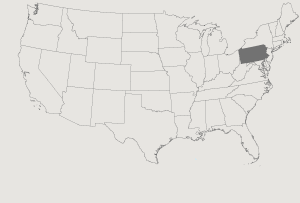Tradition Dancer


- Accordionist
- Advocate
- Appalachian
- Artisan
- Ballads
- Bandleader
- Banjo Player
- Basketmaker
- Beadworker
- Bess Lomax Hawes Award
- Blacksmith
- Bluegrass
- Blues
- Boatbuilder
- Cajun
- Capoeira Angola
- Ceramicist
- Clarinetist
- Composer
- Conjunto
- Creole
- Cuatro Player
- Dancer
- Dobro Player
- Drum Maker
- Drummer
- Egg Decorator
- Embroiderer
- Fiddler
- Flute Player
- Gospel
- Guitarist
- Hardanger
- Harmonica
- Hula
- Instrument Maker
- Kathak
- Klezmer
- Lace Maker
- Lindy Hop
- Luthier
- Mandolin Player
- Mardi Gras Chief
- Mask Maker
- Metalsmith
- Multi-Instrumentalist
- Musician
- Needleworker
- Ornamental Ironworker
- Oud Player
- Pianist
- Poet
- Polka
- Potter
- Prim Player
- Quillwork
- Quilter
- Regalia Maker
- Rosemaler
- Saddle Maker
- Santero
- Scholar
- Sephardic
- Shaker
- Shape Note
- Singer
- Skin Sewer
- Slack Key
- Snowshoe Designer and Builder
- Songster
- Songwriter
- Spiritual/Shout Performers
- Spoken Word
- Steel Drum
- Step Dancer
- Stick Dancer
- Stone Carver
- Storyteller
- Straw Appliqué Artist
- Straw Artist
- String Band
- Swamp Blues
- Tamburitza
- Tap
- Tea Ceremony Master
- Tejano
- Toissan muk'yu Folk Songs
- Tradition Bearer
- Trombonist
- Uillean Piper
- Ukulele Player
- Violinist
- Weaver
- Western
- Western Swing
- Wood Carver
- Work Songs
- Yiddish
- Yoruba Orisha
- Zydeco
Artist LaVaughn E. Robinson


- Rafael Cepeda
- Anjani Ambegaokar
- Apsara Ensemble
- Loren Bommelyn
- Walker Calhoun
- Sidiki Conde
- Chitresh Das
- Giuseppe and Raffaela DeFranco
- Michael Flatley
- Kansuma Fujima
- James "Jimmy Slyde" Godbolt
- Donny Golden
- John Dee Holeman
- Nathan Jackson
- Pualani Kanaka'ole Kanahele and Nalani Kanaka'ole
- Peou Khatna
- Dudley Laufman
- Kevin Locke
- Frankie Manning
- Bob McQuillen
- Norma Miller
- George Na'ope
- Kamala Lakshmi Narayanan
- João Oliveira dos Santos
- Sue Yeon Park
- LaVaughn E. Robinson
- Felipe and Joseph Ruak
- Sophiline Cheam Shapiro
- Howard "Sandman" Sims
- Robert Spicer
- Paul Tiulana
- Emily Kau'I Zuttermeister
- Lynne Yoshiko Nakasone
- Kevin Doyle




























